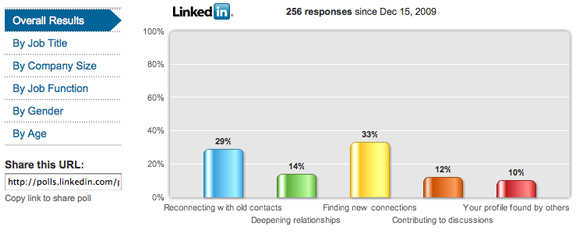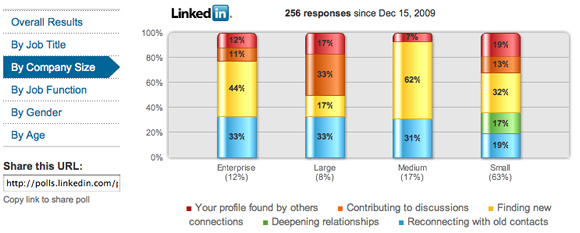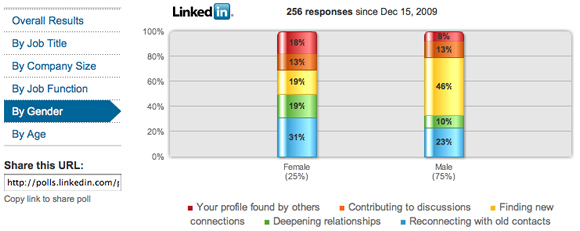Selling
How a Simple Piece of Paper can Transform Your Success at Selling
Posted on March 25th, 2010.Tick tock, tick tock.
You're standing outside the boardroom waiting to meet the Senior VP of Operations for your #1 target client.
Tick tock, tick tock.
It's a vital meeting, crucial to your firm's success this year, and even more so for your own career.
Tick tock, tick tock.
The butterflies inside your stomach are bouncing around like competitors on ‘So You Think You Can Dance'. But you're well prepared. You know what questions you're going to ask. You know your “best realistic objective” and how you're going to close. You've rehearsed the objections you might face and gone over your case study anecdotes time and time again.
“Mr Jones will see you now”.
Great. Time for action. The adrenaline begins to pump as you head into the room.
You're ready. This is going to be great.
But it isn't.
Somehow, you get taken off track. He starts asking questions about your methodology. You spend too long talking about a potential issue that turns out not to be relevant.
And then your time is up. He has to leave 5 minutes early to get to his next meeting. You haven't asked half the questions you needed to – let alone achieved your objective.
“Very interesting” he says, “we'll give you a call if we need help in your area”.
And that's it. It's over. You're never going to hear from him again. You blew it.
It's not that you said anything stupid. It's just that in the heat of the moment and under pressure, you lost where you were.
It happens to all of us. And the more important the meeting, the more likely it is that you'll forget something. You won't ask about the decision-making process, or whether he's used consultants before, or how this impacts his overseas plants, or whatever critical questions you were going to ask.
And that's where the simple piece of paper comes in.
This is trivially simple. But it works. You'll probably read it and think “I don't need that”. But you do. I've been selling for over a decade and I still do this. It's got me out of a number of holes.
All you do is take out the notebook you're going to use to make notes and turn to a clean double page.
On the right hand page. Write what you normally write when you're about to have a meeting. Maybe the name of the person you're meeting, the date and an outline agenda. As normal, leave plenty of space for notes.
But on the left hand side, list all the questions you're going to ask and the things you need to remember. You can use my sales meeting planning guide to figure out what these questions are.
And since it's on the left hand page, it's not going to get in the way of your note taking. In fact, the person you're meeting with won't even know you've got a crib sheet – it'll look like the remains of a previous meeting.
See? I told you you'd think “I don't need that”. You're probably mumbling “I can remember a few simple questions” right now.
But you can't. In the heat of battle, under pressure, you will forget something vital. The more vital the meeting, the more under pressure you'll feel, and the more likely to forget you are.
It won't feel like it at the time. You probably won't go blank. But you will get distracted and sidetracked. You'll lose the flow, and you'll skip something vital. You'll only notice it afterwards, and then you'll kick yourself.
So try it out. It can't hurt, and it may well do you a load of good.
 We've all heard multiple versions of the “it takes 6 touches before a customer will buy from you” saying. But how true is it?
We've all heard multiple versions of the “it takes 6 touches before a customer will buy from you” saying. But how true is it?
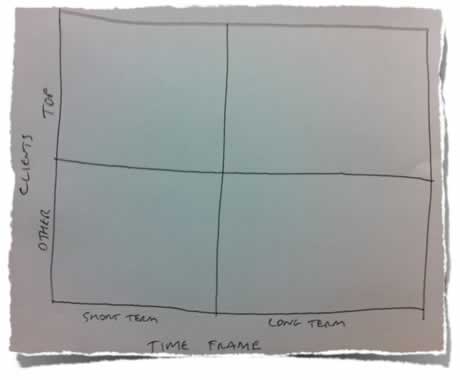
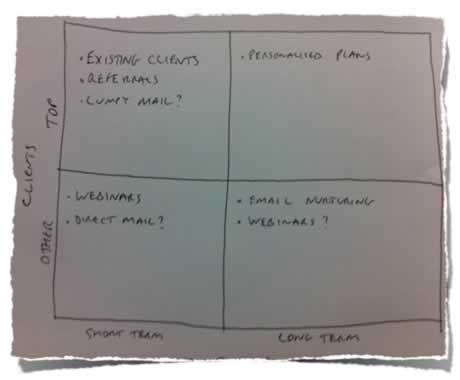
 Sparked by reading a colleague's rather amusing recommendation on Linkedin, I've decided to start collecting “Linkedin Funnies”. If you spot something funny on Linkedin – either in a profile or recommendation or wherever – then please leave a comment on this post.
Sparked by reading a colleague's rather amusing recommendation on Linkedin, I've decided to start collecting “Linkedin Funnies”. If you spot something funny on Linkedin – either in a profile or recommendation or wherever – then please leave a comment on this post.

 I recently recorded a podcast interview with Raintoday.com entitled “Is the Traditional Website Dead?” (You can listen to it free
I recently recorded a podcast interview with Raintoday.com entitled “Is the Traditional Website Dead?” (You can listen to it free  I've just had a rather heated argument with someone on a Linkedin discussion group that's had the side benefit for me of clarifying what I feel is the “right” way for professionals to promote their businesses.
I've just had a rather heated argument with someone on a Linkedin discussion group that's had the side benefit for me of clarifying what I feel is the “right” way for professionals to promote their businesses. The analogy between gardening and growing client relationships is an obvious one. Here's an example of how it can go wrong.
The analogy between gardening and growing client relationships is an obvious one. Here's an example of how it can go wrong.